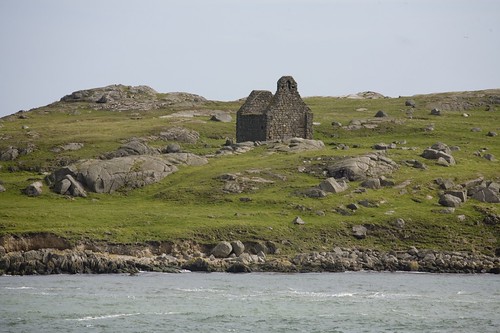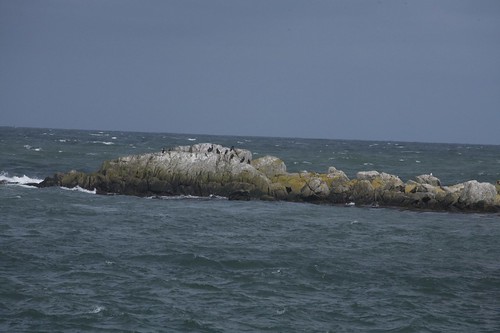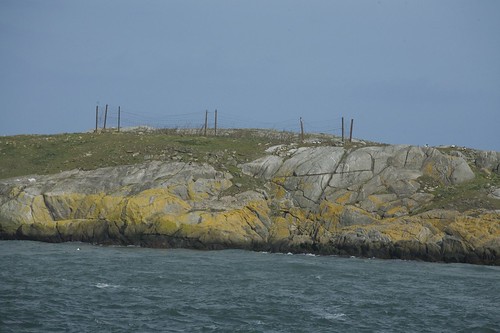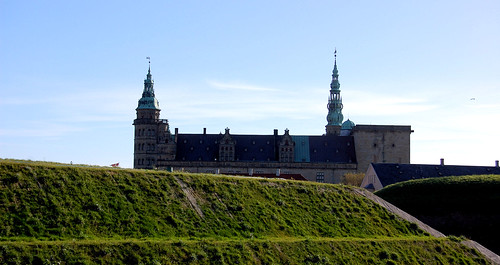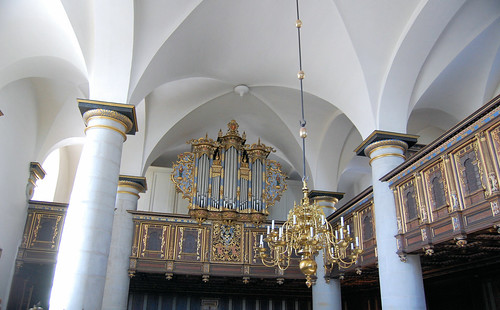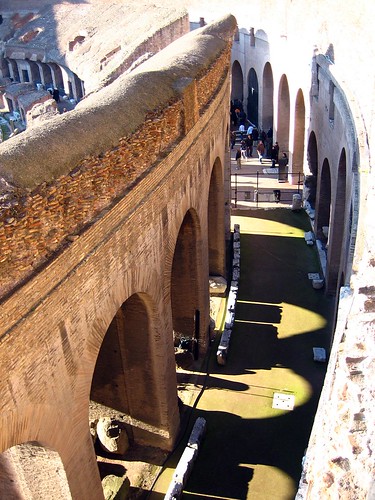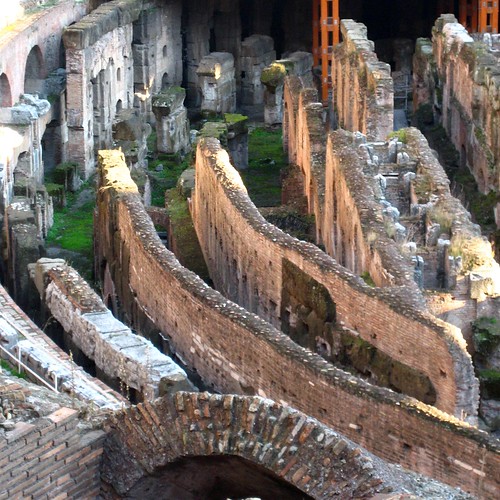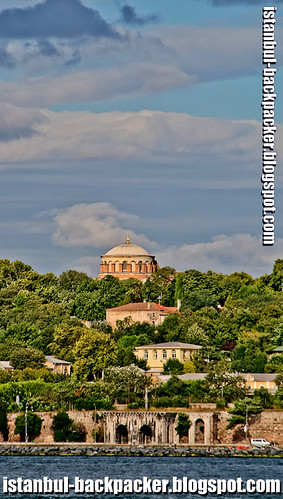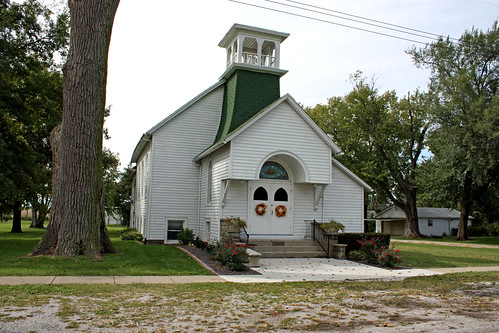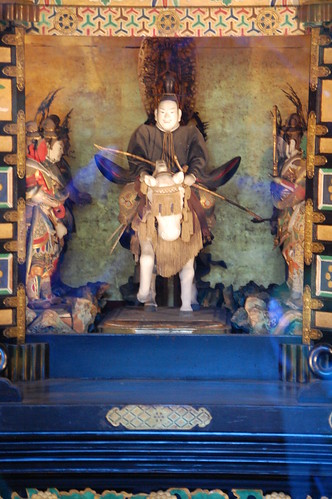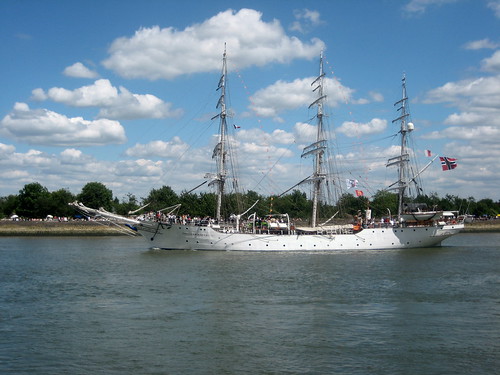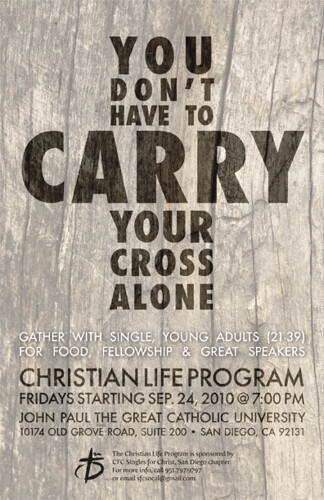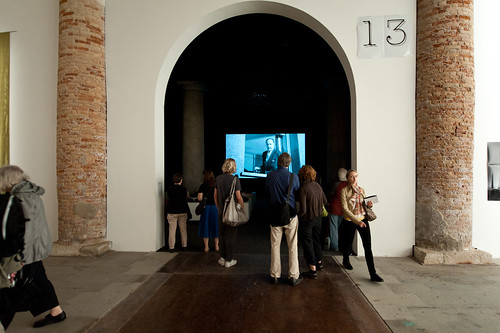Check out these christian singles images:
La comedia de las cosas 5

Image by Toro_33
La Comedia de las Cosas
de Martin Suter
Pablo, el gerente de productos, llega cada noche a su departamento de soltero, saca sus compras y prepara su pizza congelada en el horno. El trabajo no anda bien anda y últimamente está demasiado solo: no habla con sus vecinos, sus amigos no le devuelven las llamadas telefónicas y Susi, su novia, lo ha dejado hace poco. No obstante, él mira todo de manera diferente: es un ganador, un soltero que casi no puede escapar las mujeres y de los amigos que lo persiguen, logró que Susi se fuera para ayudarla a soltarse emocionalmente de él y está convencido que ella es una “mujer de un solo hombre” que está desesperada por volver.
Esta noche, sin embargo, algo pasa en su departamento: en un hecho totalmente inesperado, su sofá le hace ver que no es un “single”, sino que está solo; su cojín de flores le revela los creativos usos que Susi, la “onemanwoman”, le ha dado en situaciones comprometidas y su chaqueta Hugo Boss trata de estimularlo para que salgan de bares y conozcan gente.
¿Su sofá?, ¿su cojín?, ¿su chaqueta? Sí. Otros roles principales los desempeñan: un “puff” atrevido, un cojín de botón, una pizza, un psiquiatra y la ex novia
La Comedia de las Cosas
de Martin Suter
Pablo, el gerente de productos, llega cada noche a su departamento de soltero, saca sus compras y prepara su pizza congelada en el horno. El trabajo no anda bien anda y últimamente está demasiado solo: no habla con sus vecinos, sus amigos no le devuelven las llamadas telefónicas y Susi, su novia, lo ha dejado hace poco. No obstante, él mira todo de manera diferente: es un ganador, un soltero que casi no puede escapar las mujeres y de los amigos que lo persiguen, logró que Susi se fuera para ayudarla a soltarse emocionalmente de él y está convencido que ella es una “mujer de un solo hombre” que está desesperada por volver.
Esta noche, sin embargo, algo pasa en su departamento: en un hecho totalmente inesperado, su sofá le hace ver que no es un “single”, sino que está solo; su cojín de flores le revela los creativos usos que Susi, la “onemanwoman”, le ha dado en situaciones comprometidas y su chaqueta Hugo Boss trata de estimularlo para que salgan de bares y conozcan gente.
¿Su sofá?, ¿su cojín?, ¿su chaqueta? Sí. Otros roles principales los desempeñan: un “puff” atrevido, un cojín de botón, una pizza, un psiquiatra y la ex novia
La comedia de las cosas 4
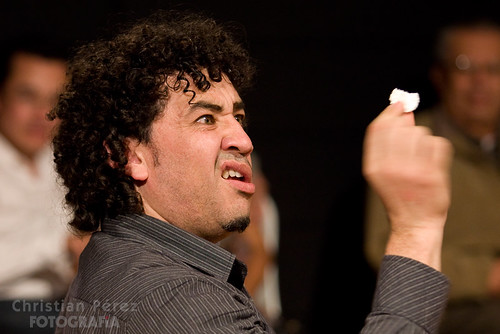
Image by Toro_33
La Comedia de las Cosas
de Martin Suter
Pablo, el gerente de productos, llega cada noche a su departamento de soltero, saca sus compras y prepara su pizza congelada en el horno. El trabajo no anda bien anda y últimamente está demasiado solo: no habla con sus vecinos, sus amigos no le devuelven las llamadas telefónicas y Susi, su novia, lo ha dejado hace poco. No obstante, él mira todo de manera diferente: es un ganador, un soltero que casi no puede escapar las mujeres y de los amigos que lo persiguen, logró que Susi se fuera para ayudarla a soltarse emocionalmente de él y está convencido que ella es una “mujer de un solo hombre” que está desesperada por volver.
Esta noche, sin embargo, algo pasa en su departamento: en un hecho totalmente inesperado, su sofá le hace ver que no es un “single”, sino que está solo; su cojín de flores le revela los creativos usos que Susi, la “onemanwoman”, le ha dado en situaciones comprometidas y su chaqueta Hugo Boss trata de estimularlo para que salgan de bares y conozcan gente.
¿Su sofá?, ¿su cojín?, ¿su chaqueta? Sí. Otros roles principales los desempeñan: un “puff” atrevido, un cojín de botón, una pizza, un psiquiatra y la ex novia
La Comedia de las Cosas
de Martin Suter
Pablo, el gerente de productos, llega cada noche a su departamento de soltero, saca sus compras y prepara su pizza congelada en el horno. El trabajo no anda bien anda y últimamente está demasiado solo: no habla con sus vecinos, sus amigos no le devuelven las llamadas telefónicas y Susi, su novia, lo ha dejado hace poco. No obstante, él mira todo de manera diferente: es un ganador, un soltero que casi no puede escapar las mujeres y de los amigos que lo persiguen, logró que Susi se fuera para ayudarla a soltarse emocionalmente de él y está convencido que ella es una “mujer de un solo hombre” que está desesperada por volver.
Esta noche, sin embargo, algo pasa en su departamento: en un hecho totalmente inesperado, su sofá le hace ver que no es un “single”, sino que está solo; su cojín de flores le revela los creativos usos que Susi, la “onemanwoman”, le ha dado en situaciones comprometidas y su chaqueta Hugo Boss trata de estimularlo para que salgan de bares y conozcan gente.
¿Su sofá?, ¿su cojín?, ¿su chaqueta? Sí. Otros roles principales los desempeñan: un “puff” atrevido, un cojín de botón, una pizza, un psiquiatra y la ex novia
Impression, Bamboo Forest – Sexta
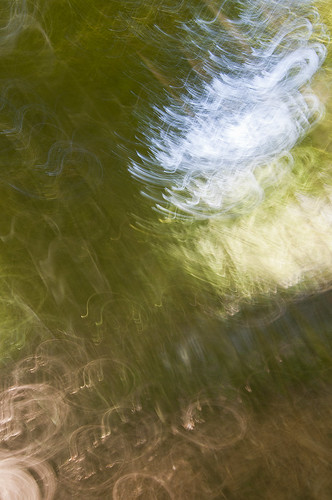
Image by Pathos Photos
Buy Prints | Blog | Google+
This collection of photographs was the result of a happy mistake while walking through the Hakone Garden’s bamboo forest in Saratoga. I was messing around with my camera on manual mode, trying different angles and motions when I noticed the resulting images resembled impressionist paintings. I liked how the bamboo forest was implied though color, light and movement, so I sat there for a while and tried different things until I got the look I wanted. All of these photographs are single shots with very minor adjustments in Photoshop.
I will put up one piece every Monday, Thursday and Saturday for the next three weeks.

